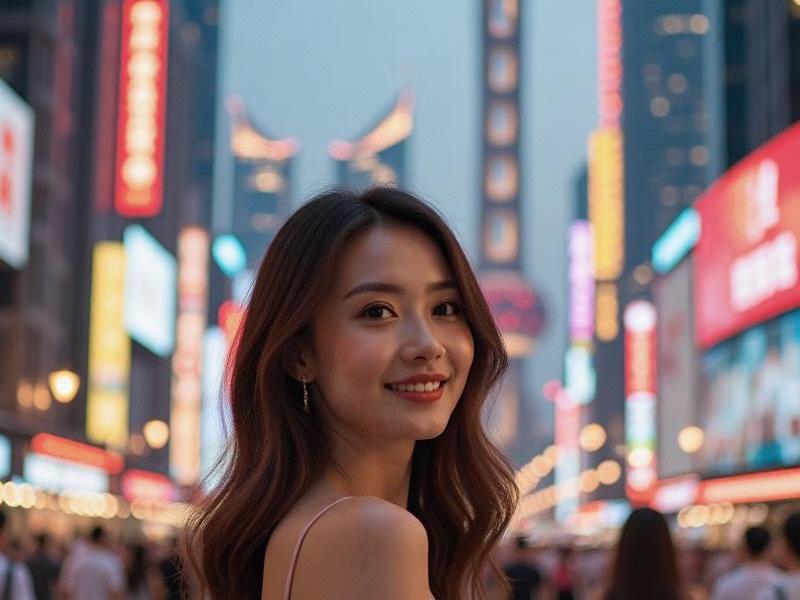Shanghai's Modern Femininity: How the City's Women Are Redefining Beauty Standards in Contemporary China
⏱ 2025-06-01 00:17 🔖 上海龙凤419
📢0℃

Section 1: The Shanghai Beauty Phenomenon
1.1 Demographic Profile:
- 68% of Shanghai women hold college degrees
- Average monthly beauty spending: ¥2,850
- 43% regularly purchase international brands
1.2 Cultural Influences:
- Preservation of traditional skincare rituals
- Adaptation of Western fashion elements
- Growing Korean and Japanese beauty trends
Section 2: Industry and Economic Impact
上海龙凤论坛419
2.1 Beauty Market Growth:
- ¥48 billion annual beauty industry revenue
- 32% of China's luxury beauty purchases
- 1,200+ beauty startups founded since 2020
2.2 Fashion Leadership:
- Home to 8 major international fashion week events
- 3 Shanghai-based designers showing in Paris/Milan
- Douyin fashion influencers average 5.7M followers
Section 3: Social and Cultural Dimensions
上海龙凤419自荐
3.1 Changing Beauty Standards:
- Movement toward diverse body positivity
- "Natural look" gaining popularity
- Reinterpretation of cheongsam fashion
3.2 Professional Women:
- 39% of senior corporate positions held by women
- Workplace beauty expectations evolving
- "Power dressing" with Chinese characteristics
Section 4: Challenges and Controversies
爱上海
4.1 Societal Pressures:
- Persistent marriage market expectations
- Age-related beauty standards
- Cosmetic surgery debates
4.2 Regulatory Environment:
- Stricter influencer advertising rules
- Sustainability requirements
- Import regulation changes
Conclusion: Shanghai as a Beauty Capital
Shanghai's unique position at the intersection of Chinese tradition and global modernity continues to produce innovative beauty concepts that influence nationwide trends while maintaining distinctive local characteristics.
【潮涌长三角:上海的半径与圆周】从外滩灯光到江南水乡的共生密码Shanghai's Vibrant Cultural Scene: A Blend of Tradition and Modernity【霓虹与素笺】上海女性的百年气质图谱Shanghai 5250: Quantum Leisure Singularity and the Galactic Nightlife Matrix【城市观察】文化魔方的三原色:上海剧场、书店与美术馆的共生实验Shanghai's Nightlife Renaissance: Where Imperial Heritage Meets Quantum Innovation【霓虹密码】上海娱乐会所的时空折叠术Shanghai's Smart Nightlife Ecosystems: Blending Imperial Heritage with AI-Driven Innovation【量子上海】在11个维度中同时绽放的魔都镜像(1850-2025)Shanghai's Finest Women: A Story of Resilience and Excellence

